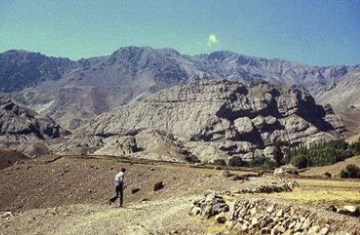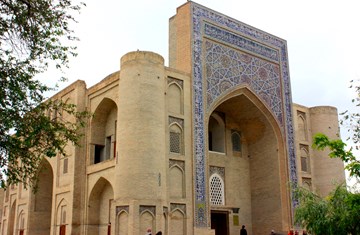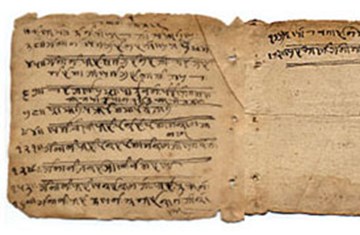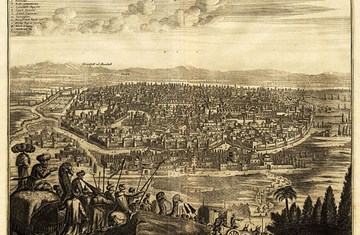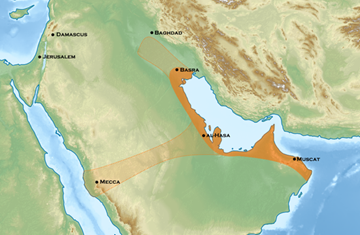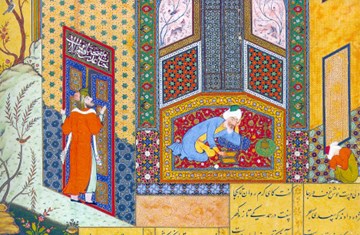Alamut
Alamut: Name of a mountain fortress in northern Iran. Situated about forty-five kilometres northeast of the city of Qazwin, Alamut was built on the summit of an inaccessible rock in the central Alborz mountains. According to legend, an eagle indicated the site to a Daylami ruler, whence its name in the Daylami dialect, derived from 'aloh'(eagle) and 'amukht' (taught).
The fortress was constructed by a Justanid ruler of Daylam in 860. Subsequently the area came under the influence of Zaydi 'Alid rulers. The Ismaili leader Hasan-i Sabbah seized the fortress in 1090 and made it the headquarters of his Nizari Ismaili state. The fortress became the focal point of Sabbah's challenge to Seljuk authority in Iran. The Mongols took Alamut in 1256 and partially demolished it, also burning its famous library. It was restored under the Safavids, who used it as a prison until the seventeenth century. After that, Alamut was abandoned and it was gradually destroyed by the elements and local inhabitants searching for treasures.
This article by was originally published in The Oxford Dictionary of Islam, 2004.
Author

Dr Farhad Daftary
Co-Director and Head of the Department of Academic Research and Publications
An authority in Shi'i studies, with special reference to its Ismaili tradition, Dr. Daftary has published and lectured widely in these fields of Islamic studies. In 2011 a Festschrift entitled Fortresses of the Intellect was produced to honour Dr. Daftary by a number of his colleagues and peers.

